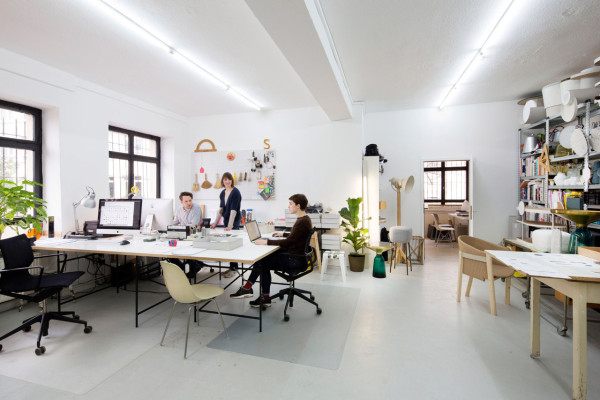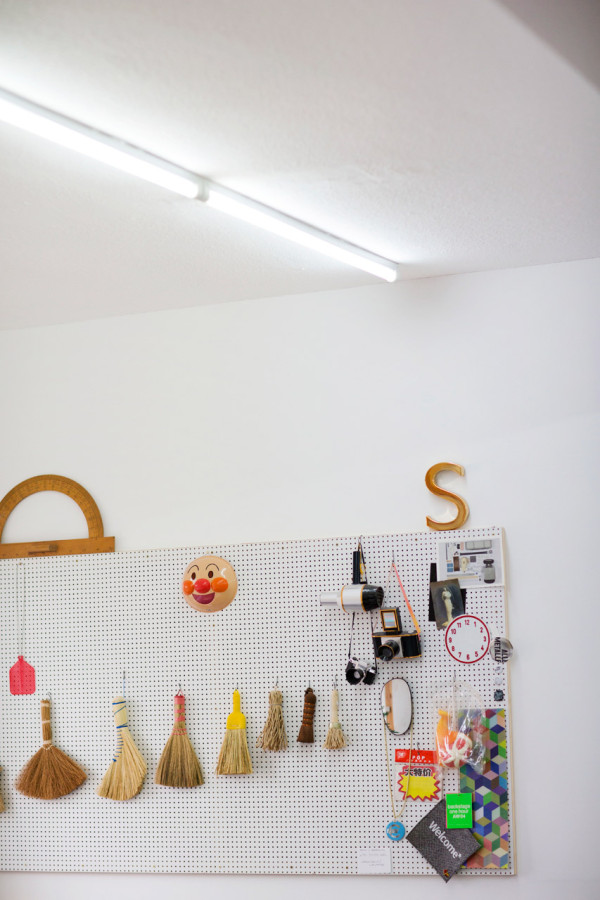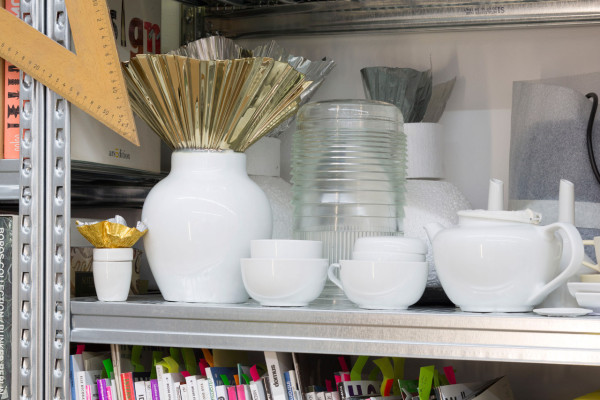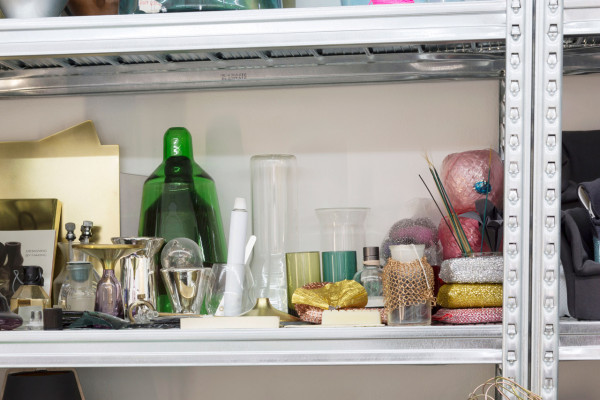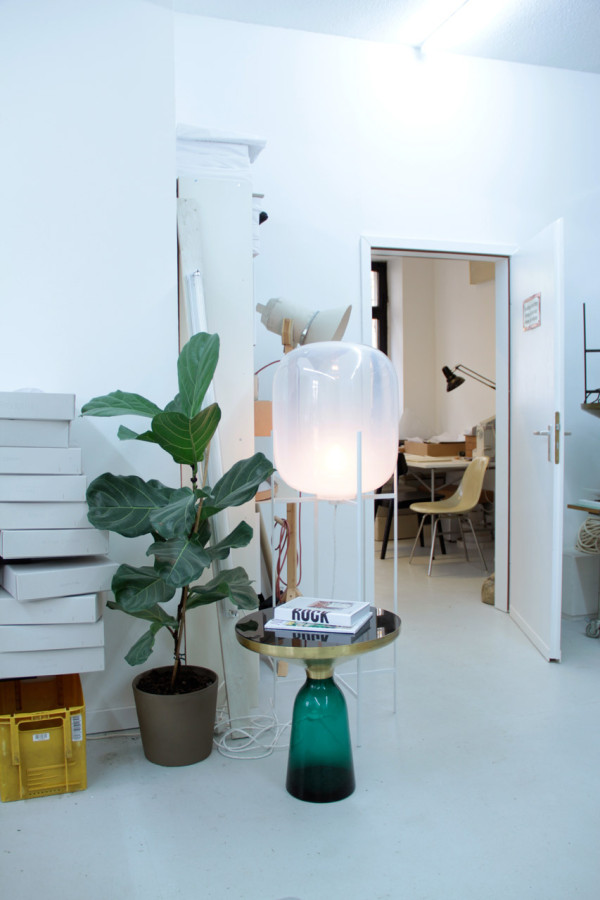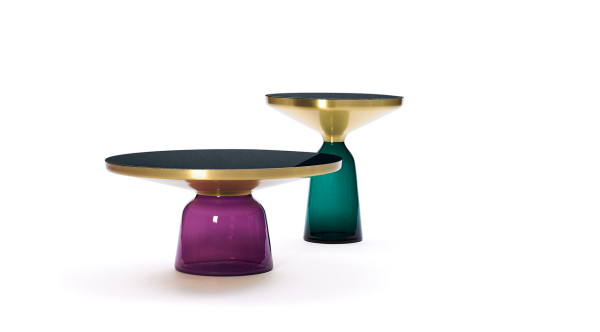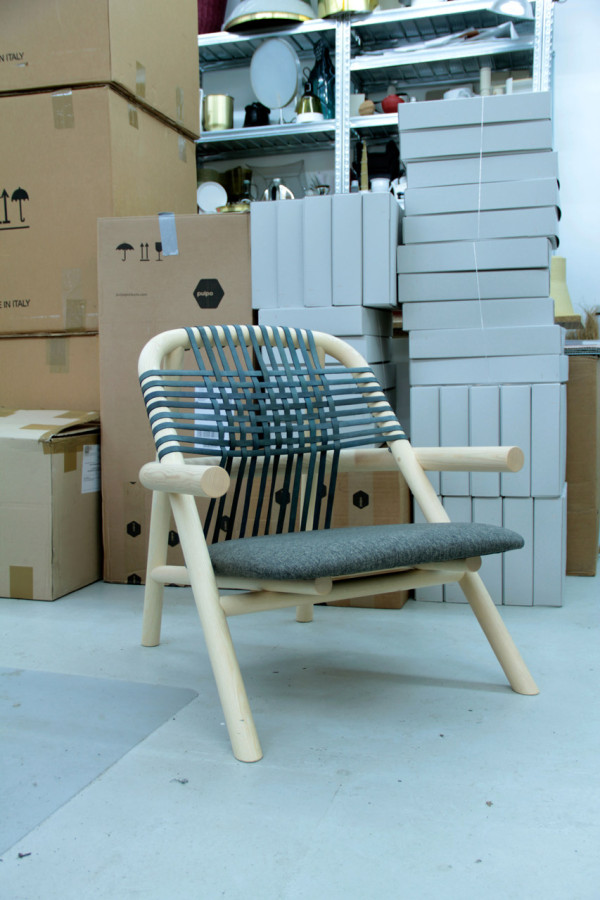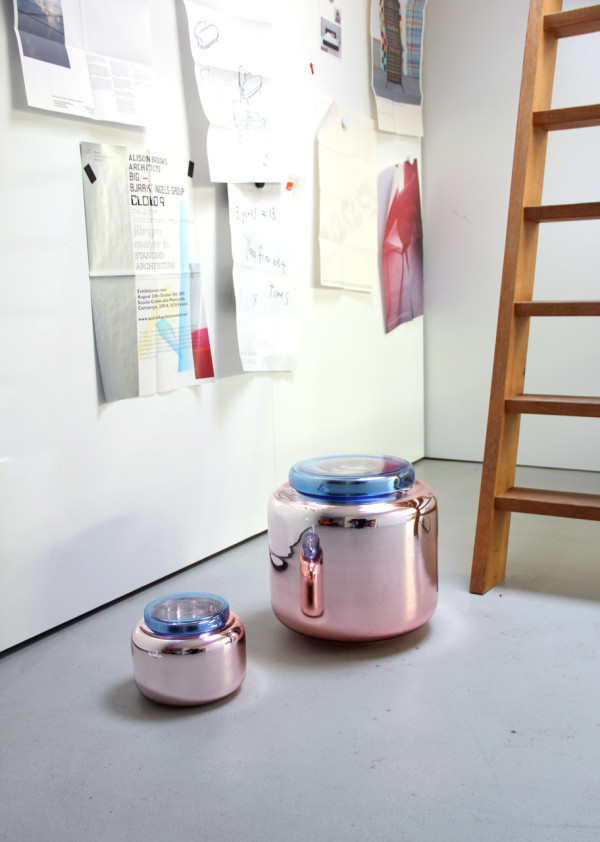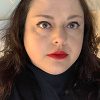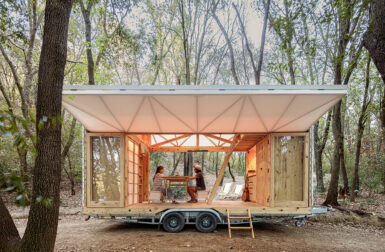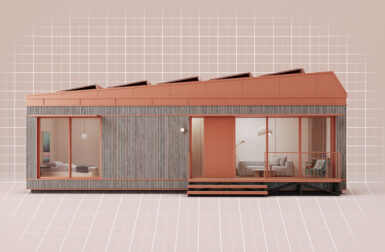Born in 1981, German designer Sebastian Herkner graduated from HfG Offenbach am Main (Offenbach University of Art and Design) in 2007, where he studied product design and found an early calling for designing objects and furniture. During his studies, a London internship with designer Stella McCartney helped develop his strong love of materials, colors, structures, and textures. 2006 found him opening his design studio in Offenbach am Main, where he’s since designed a host of products for companies like Moroso, ClassiCon, Pulpo, and Sancal, to name a few. Let’s see where this young, influential designer makes it all happen in this month’s Where I Work.
What is your typical work style?
When I am in the studio and not visiting companies or giving lectures abroad, I am there from sunrise to sunset. I prefer not to work in my private place or on the weekend. My studio is in the same place as my flat so I can go there very spontaneously. I don’t have an every day order of events. It always depends on my personal mood and the projects I deal with. I think the design suffers from working under pressure. So, I need my time to relax and to concentrate. This takes place when I take time alone to think about an inspiration, to solve a problem, or to develop a story of a new product.
What’s your studio/work environment like?
It was a former workshop for leather goods. The studio is in the center of Offenbach, the German leather city. I like the history of this space with its high ceilings and windows. Next to the meeting area, is our huge worktable and a workshop for prototyping. There is a kind of landscape of piles with materials and books, next to prototypes and materials.
How is your office organized/arranged?
We are all working together around a huge table. I don’t want to sit in a separate space behind a window like an animal in a zoo. To develop a product, it is always about team work. I like the discussions with my team about a detail of a design. I want to interact with them personally and directly. The same applies to the customer. You need a good relationship to achieve a successful result.
How long have you been in this space? Where did you work before that?
When I established my studio in 2006 I started out working from home. So within the last year, my home became my studio and it was more like a labyrinth with boxes, materials, prototypes, and tools. Last year, I had the opportunity to rent another floor in my house to move with my studio.
If you could change something about your workspace, what would it be?
I just moved to this place one year ago and I am absolutely happy to have this space.
Is there an office pet?
Me and my partner have two cats, but they are just in the flat, which is one floor up.
Do you require music in the background? If so, who are some favorites?
This always depends on the status of a project. We listen a lot to international internet radio stations or bands like Velvet Underground, Beirut, or Ibrahim Maalouf.
How do you record ideas?
I prefer to sketch on simple single sheets of paper. Being on a journey I always have a stack of paper in my bag to record my thoughts and ideas.
I don’t like the limit of those small sketchbooks – I prefer bigger formats to sketch more unlimited.
Do you have an inspiration board? What’s on it right now?
I keep my observations and inspirations in my mind, there I can’t lose them and I keep them for myself, until I have a more clear vision and scribble it on paper. So I have a paper stack next to me with some concepts.
What is your creative process and/or creative workflow like? Does it change every project or do you keep it the same?
Never work in a routine. This is very important. Every project is special and unique. A chair is not like another chair.
I always start with my team at zero. We need to understand the topic and brand first, and after this we start with the concepts and proposals. We just develop a design specific for that company.
What kind of design objects might you have scattered about the space?
I have a huge shelf in my studio with materials, prototypes, souvenirs from my journeys, and books. This is my inspiration folder and library in an analog way. I like to have this things next to me to feel them. Typical for my projects is a sense for material and color combinations. This shelf is the pool and a perfect tool to create.
Are there tools and/or machinery in your space?
The computers and printers are necessary to generate drawings, but at the end, most important is the workshop with its tools. You definitely need to build the objects in final scale. It’s to check proportions, angles, dimensions, and so on. A computer can’t show you a chair in real size and you obviously can’t control the comfort.
What tool do you most enjoy using in the design process?
The most important tool is my own design language and ability to transfer an idea or inspiration into an unique and useful design. With the Oda lighting for Pulpo, it was a long process which was immaterial. I was thinking about this concept for more than one year. It wasn’t even a design. There was the vision to create a reservoir of light, something huge in glass. I had these photographs of Bernd and Hilla Becher in my mind, showing water towers in black and white. Keeping water in a big tank, balancing it on a simple base, I wanted to transfer these moments into a lighting.
Let’s talk about how you’re wired. Tell us about your tech arsenal/devices.
Working in various fields of design, you need a complex knowledge about different techniques. I like the variety of my projects from lighting to furnitures to sanitary ware to table ware. It is always a challenge and a new task to understand the material, the process, and its parameters. At the beginning of each project, it is always important to get in touch with the company and its people, to understand their approach and attitude, as well as their heritage.
What design software do you use, if any, and for what?
On one hand, I work a lot with traditional manufacturers and crafts like glass blowing, metal spinning, porcelain pouring, on the other hand I like to combine these low techniques with high ones, like laser cutting or extrusions. So it is necessary to have CAD software to develop data for the industrial production. Sometimes you use these softwares to get some illustrations and renderings, but in the end, the company doesn’t even use the file, because they produce the mold in traditional ways with a 2D model screen. This happens with the Bell Table which is developed at the computer, but at the end it is produced by hand with traditional know how.
Is there a favorite project you’ve worked on?
I designed the Unam collection over the last two years for Italian brand Very Wood, which belongs to Gervasoni and we are designing some more pieces for this family right now to launch at next year’s Salone. I got a brief to design a collection of solid wood furniture – something archaic and authentic came to my mind – with nice detailing and materials. We got inspired by architecture and these frame / half timbered houses I know from my hometown, Bad Mergentheim. Another influence was the purity in the designs of Jean Jeanneret in Chandigarh. So Unam is a collection of chairs, tables, and benches for indoor, as well as outdoor.
Do you feel like you’ve “made it”? What has made you feel like you’ve become successful? At what moment/circumstances? Or what will it take to get there?
I am not that kind of person who thinks about that. I get a specific smile on my face as soon I reach the right level with a product and I feel “That’s it” and then I am very satisfied. Later I am happy to know the sales of my products, that people like my designs and philosophy, and want to buy them for their homes. This is a fantastic certification and even more important for me than winning awards.
I started my studio already in the last year of university 2006 in Offenbach. I always had the will to have my own studio and to work in a team for international brands and manufacturers. Now I am very happy to have this opportunity to work for these companies I wanted to design for.
Tell us about a current project you’re working on. What was the inspiration behind it?
There is no specific project. We are working on several projects at the moment. Some are at the beginning, some in process, and some are finishing soon. I don’t like to work just on one project. I need the variety and like to switch from time to time to give the project space and time to rest.
What’s on your desk right now?
Paper and pens and other tools.
Do you have anything in your home that you’ve designed/created?
Actually my home is a mix of my own designs or prototypes, as well as designs by friends and colleagues and some vintage items.
There are also a lot of souvenirs from my journeys to Asia and Africa, so it is very personal and kind of eclectic. I like to have these things around me. I don’t want to live in a white cube.














